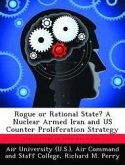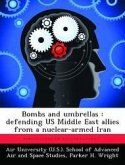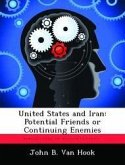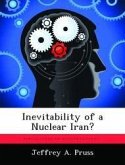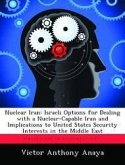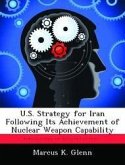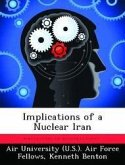The Islamic Republic of Iran (IRI) has pursued a nuclear program since 1985. In February 2006, with the last round of international negotiations having failed and International Atomic Energy Agency (IAEA) having reported the dossier to the United Nations Security Council, Tehran is on the precipice of being able to field a nuclear weapon at a time convenient to the IRI. A nuclear-armed Iran will change the strategic calculus in the Middle East and Central Asia and present new risks to US interests in the region. This monograph will address the issue of a nuclear-armed Iran from four perspectives; historical patterns of Iranian behavior with respect to foreign influence, a western perspective of these patterns, a technical review of Iran's nuclear program, and a methodology called systemic operational design (SOD). SOD is an application of systems theory to operational art that focuses on the relationships between the entities within a system to translate strategic direction and policy into an operational design. This systemic approach, synthesizes the Iranian historical pattern of balancing one foreign power with another while simultaneously seeking to limit foreign influence with the Western perspectives of international politics and the technical realities of Iran's nuclear program. A design that seeks to "keep our friends close and our enemies closer" by simultaneously pursuing economic growth and regional stability through reopening of the US embassy in Iran while disrupting the foreign networks that support the proliferation of nuclear technology along with those that finance and support the foreign activities of Iran's IRGC and Hezbollah provides an initial frame and direction for action to manage the risks posed by a nuclear-armed Iran.
Bitte wählen Sie Ihr Anliegen aus.
Rechnungen
Retourenschein anfordern
Bestellstatus
Storno



